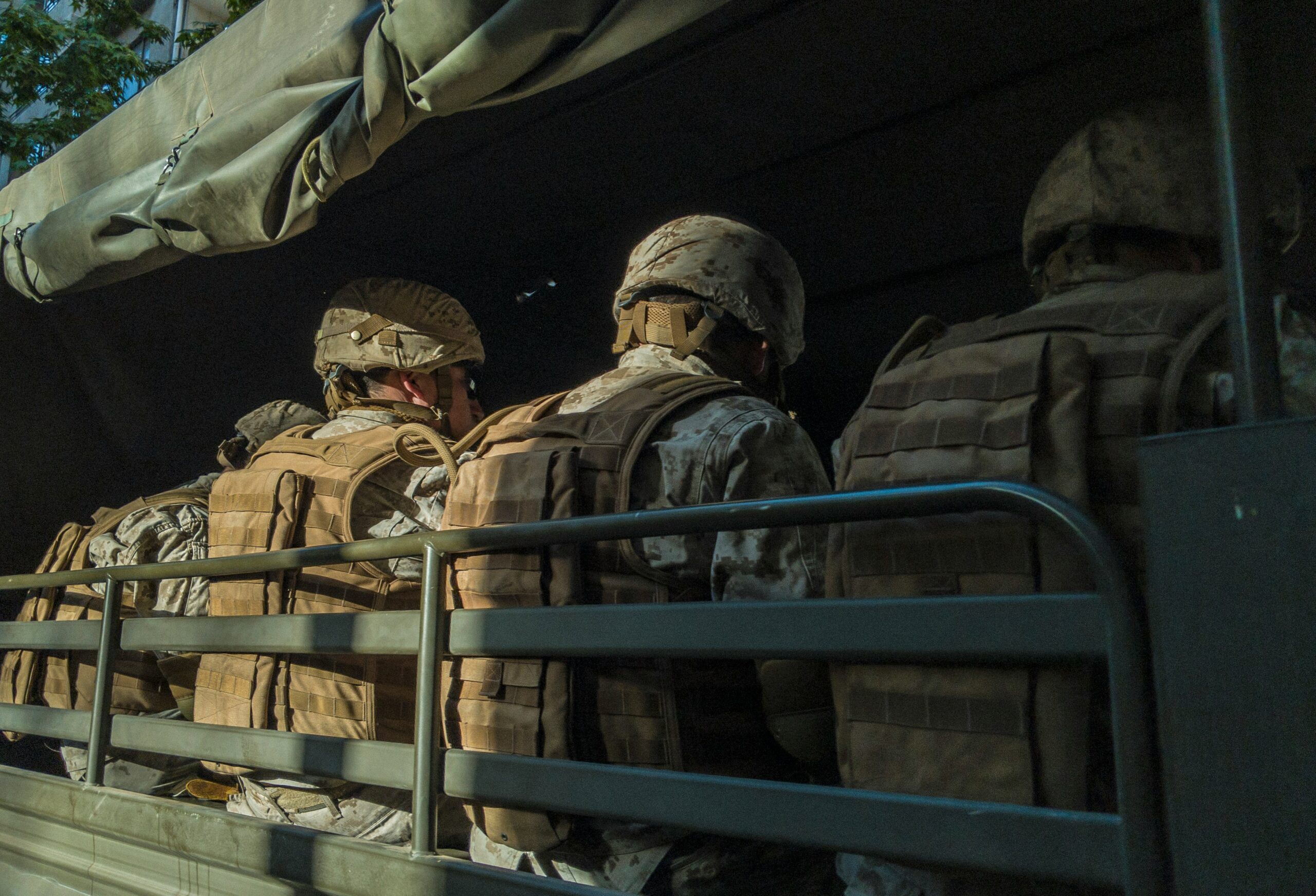In response to a fatal drone strike against U.S. forces in Jordan, the United States conducted airstrikes on at least 85 targets linked to Iran-backed militias in Iraq and Syria on February 2. While U.S. leadership has warned against additional attacks on its forces, the Islamic Resistance in Iraq has claimed responsibility for additional operations on February 4.
Regional sources report on the issue:
On February 2, “nearly 40 people are reported to have been killed after the US military launched airstrikes on at least 85 targets in Iraq and Syria used by Iranian-backed militias,” according to Sky News Arabia. The operation, which was a retaliation to the drone strike that killed three U.S. service members in late January, utilized “numerous aircraft,” including “long-range B-1 bombers flown from the US.”
Ahram Online stated that the targets included “command and control headquarters, intelligence centers, rockets and missiles, drone and ammunition storage sites and other facilities that were connected to the militias or the IRGC’s Quds Force, the Guard’s expeditionary unit that handles Tehran’s relationship with and arming of regional militias.” However, “the U.S. strikes appeared to stop short of directly targeting Iran or senior leaders of the Revolutionary Guard Quds Force within its borders.”
As explained in the Peninsula Qatar, U.S, National Security Council spokesman John Kirby “said Washington ‘did inform the Iraqi government prior to the strikes,’ but did not elaborate on Baghdad’s response.” The network cited that the operation killed at least 18 pro-Iran fighters and destroyed at least 26 sites housing pro-Iran groups.
Al Jazeera reported on the Iraqi government’s reaction to the strikes: “This aggressive strike will put security in Iraq and the region on the brink of the abyss.” The Iraqi government “denied Washington’s claims of coordinating the air attacks with Baghdad as ‘false’ and ‘aimed at misleading international public opinion.’” It further asserted the existence of civilian casualties.
Days after the strikes, on Sunday, the United States “warned Iran and the military it arms that it will conduct more attacks if American forces in the Mideast continue to be targeted, but does not want an ‘open-ended military campaign’ across the region,” Arab News noted.
Despite this, the Islamic Resistance in Iraq, an umbrella group of Iran-backed Iraqi militias, claimed responsibility for a “drone attack on a base housing US troops in eastern Syria killed six allied Kurdish fighters late Sunday.” Al Arabiya cited a U.S. defense official: “Multiple [Syrian Democratic Forces] casualties [were] reported and significant damage to infrastructure.”
Iran’s Mehr News further elaborates that “in retaliation for the flurry of US aerial assaults on several locations in Iraq and Syria, the Islamic Resistance in Iraq announced that it had conducted missile strikes against the Ain al-Asad Airbase, housing US occupation forces in the western Iraqi province of al-Anbar. The group also said it had staged missile and drone strikes against the strategic al-Tanf military base in southeastern Syria near the border with Jordan and Iraq, as well as the al-Khadra Village in Syria’s northeastern province of al-Hasakah.”
Unlike the Islamic Resistance in Iraq, the Iran-aligned Iraqi militant group Kataeb Hezbollah, which is believed to have carried out the fatal attacks against U.S. forces in Jordan, announced the “the suspension of military and security operations” on January 30. The Times of Israel quotes a statement by the group, which elaborates that the pause in attacks aims to “prevent the embarrassment of the Iraqi government” and that the group will “continue to defend our people in Gaza in other ways.”
